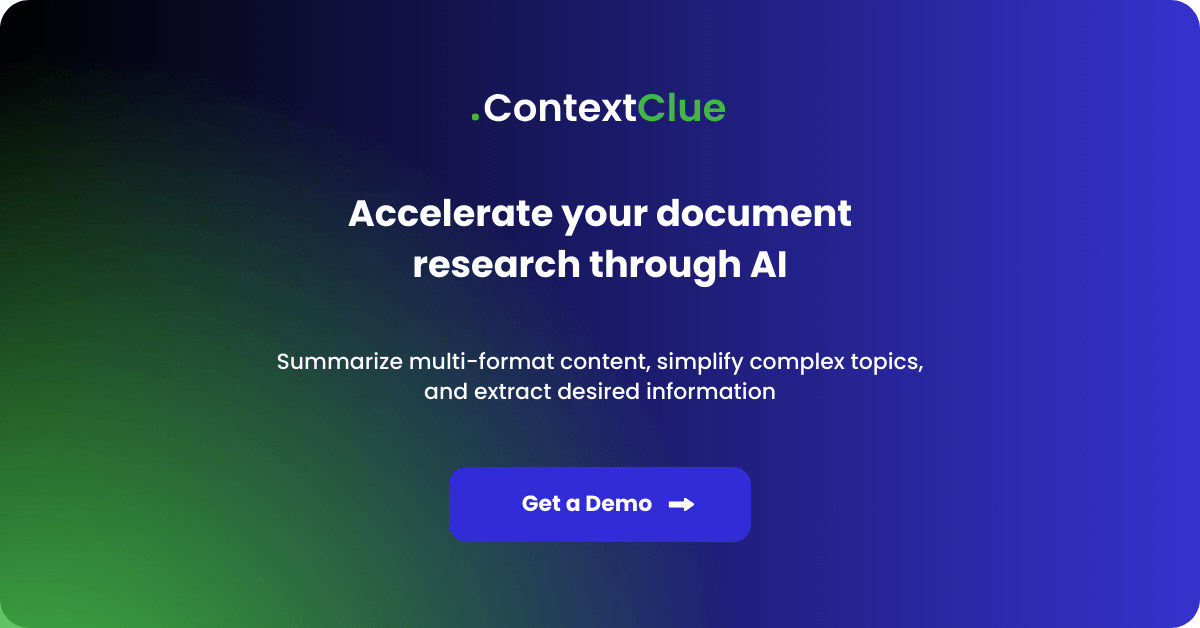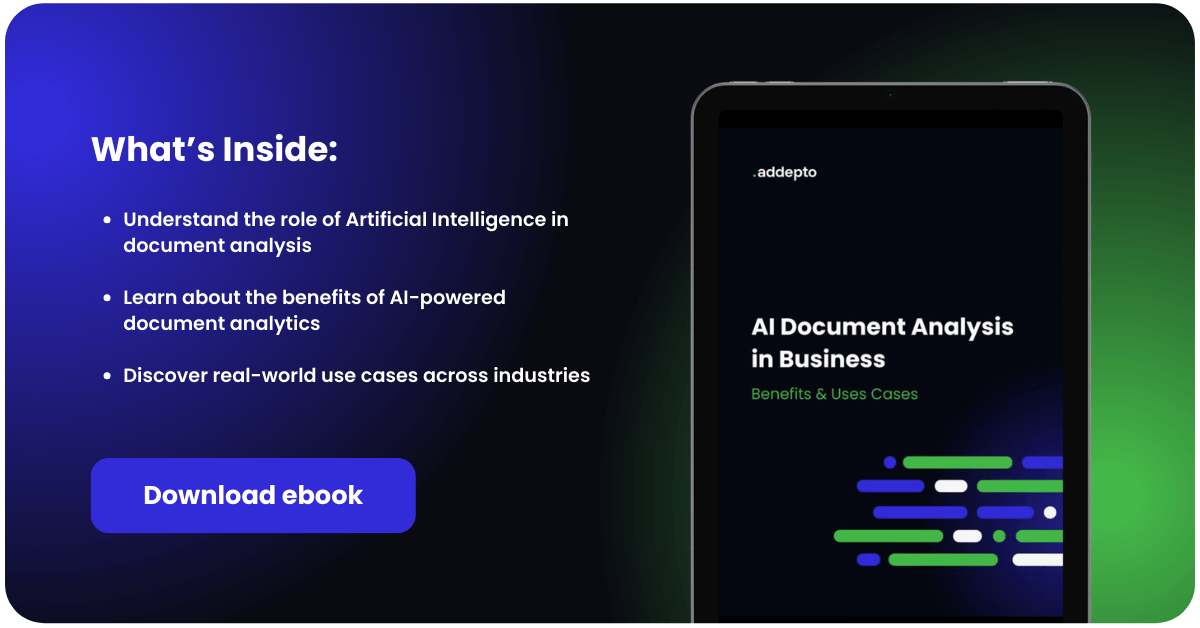
March 07, 2024
Harnessing the Power of OpenAI API for Data Analysis & Anomaly Detection
Author:

CSO & Co-Founder
Reading time:
10 minutes
OpenAI, a globally recognized leader in artificial intelligence research, has recently unveiled APIs that provide access to its advanced generative models. These models, crafted with the latest technological advancements, extend their capabilities far beyond text generation. The potential of OpenAI’s GPT models spans a broad spectrum of applications, including data analysis. This versatility opens up new avenues for extracting insights, performing complex analyses, and transforming the way businesses and researchers interpret data, demonstrating the multifaceted utility of OpenAI’s innovations.
OpenAI API is a way to connect with a collection of pre-trained Large Language Models that enable users to integrate AI functionality into their applications without building and training their own models from scratch.

Are you interested in incorporating Generative AI into your business operations?
Learn more about our service: Generative AI development

These APIs offer a wide selection of features such as image recognition, text generation, language translation, and many others. OpenAI APIs can be used in various data science projects to enhance development and improve the quality of outcomes.
Read on as we explore how the OpenAI APIs can be harnessed in data analysis, data science and anomaly detection and how they could benefit AI implementation in business.

Addepto has developed a ContextClue – AI Text Analysis Tool that can advance your business’s document analysis!
Benefits of OpenAI APIs in data analytics and data science
By integrating OpenAI APIs in data science projects and workflows, data scientists stand to benefit in the following ways:
Building Virtual Assistants and Chatbots
Data scientists can use OpenAI API to build efficient Natural Language Processing programs such as chatbots and virtual assistants. These NLP-based programs are usually designed to interact with users through voice-based and text-based conversations. Virtual assistants and chatbots rely on NLP and machine learning algorithms to understand and respond to user commands.
In data science, OpenAI API’s language generation capabilities come in handy in regard to generating logical and relevant responses to user inputs. Chatbots and virtual assistants can also use large volumes of data and algorithms to personalize their interactions with users, providing a more engaging experience.
Data Augmentation
One of the biggest challenges in training sophisticated AI models is the existence of large, limited, or imbalanced datasets. [1] When working with a dataset that is too large to fit in the available memory, you must come up with different techniques like data shuffling and batch loading to efficiently load and process the data before training commences. This is usually a tedious and time-consuming process.
Fortunately, OpenAI API has a wide variety of tools and resources that can prove useful in handling large and imbalanced datasets. One such tool is data augmentation. This technique usually involves increasing the training dataset by applying random modifications to existing data points. Doing so helps improve the diversity and variability of the available training dataset while minimizing overfitting.
With the help of GPT’s excellent natural language generation capabilities, data scientists can generate synthetic data to augment the existing datasets. For instance, they can prompt OpenAI’s GPT to generate alternative ways of a given sentence or phrase to increase the existing sample size. This is particularly helpful when you’re dealing with limited or imbalanced datasets.
OpenAI API for Data Analysis
OpenAI APIs are capable of identifying key phrases, generating descriptive statistics, and providing insights based on the available datasets.
With the help of OpenAI API’s machine learning (ML) algorithms and deep learning techniques, data scientists can analyze data, identify potential patterns and uncover existing correlations to provide valuable insights.
OpenAI API for Anomaly Detection
Anomaly detection, also known as outlier analysis, is an important part of data science, one that can help uncover hidden mistakes and opportunities. Anything that falls outside the norm in data science can be categorized as an outlier or anomalous data. OpenAI API provides several pre-trained AI models that data scientists can use for anomaly detection.
For example, the GPT large language model can be used to generate diverse text that describes all the outliers in a given dataset. [2] On the other hand, the DALL-E image generation model can identify anomalies in digital images. With the help of these APIs, data scientists can create effective anomaly detection systems that improve the overall accuracy of their work.
To train an AI model for anomaly detection, ensure you follow these steps:
- Prepare your data
This step involves cleaning and reprocessing the available training data. - Choose your model
Ensure you select an OpenAI API model that best suits the task at hand. If you’re working with textual data, the GPT-3 language model will serve you well. On the other hand, DALL-E is the ideal model for digital images. [3] - Train your AI model
Train the OpenAI API model on the data you’re working on. You’ll be required to provide the model with several examples of normal and anomalous data points. This way, the model will be able to differentiate between the two. - Evaluate your model
After training your model, it’s time to run it through a validation set to evaluate its performance. At this stage, you may have to adjust your model’s parameters to enhance its performance. - Deploy your model
If you find the model’s performance satisfactory, proceed to deploy it and start identifying outliers in your data.
Text Generation and Summarization
Text generation refers to the process of automatically generating natural language texts solely based on a user’s prompts, while text summarization is the process of condensing important information from a text into a more concise summary.
These processes are possible thanks to various advanced machine-learning models that have been trained using large datasets. OpenAI’s GPT, for example, can be used for various tasks such as content generation, report writing, generating blog posts, writing product descriptions, and even summarizing lengthy texts.
With the help of OpenAI APIs, data scientists no longer have to spend hundreds of hours coming up with unique volumes of text-based content. All they need to do is use APIs, and they can generate human-like texts in a matter of minutes.
Building Sentiment Analysis Tools
This refers to the process of uncovering the emotional tone behind a text. This text can be in the form of social media posts, emails, customer reviews, or even survey responses. Basically, sentiment analysis is used by data practitioners to determine whether a text is positive, negative, or neutral.
Using OpenAI GPT API, data scientists can easily build effective sentiment analysis tools to help identify the emotional tone of various texts in the shortest time possible. This API can also build question-answering systems to track how customers feel about a certain brand or topic in real-time. [4]
Additionally, business owners can discover negative customer feedback that has been submitted and address the respective issues immediately.

Read more about What is an OpenAI API, and how to use it?
Open AI models for Data Analysis
To streamline data analysis and reporting, you can integrate with the OpenAI API by establishing a connection, configuring a development setup, and harnessing the Data Analysis capability. This feature allows for file uploads, processing instructions, and the generation of analyses or visualizations based on your data.
Moreover, the “Data Advanced Analytics” tool, previously known as the “code interpreter,” enables in-depth data analysis utilizing renowned Python libraries such as pandas, numpy, and matplotlib.
A key benefit of leveraging OpenAI models lies in their proficiency in comprehending natural language, rendering them exceptionally useful for summarizing data, creating reports, and deriving insights from datasets.
Here are several applications of OpenAI models in data analytics:
- Automated Data Summarization
These models are adept at summarizing essential findings, trends, and discrepancies swiftly, enabling a focus on interpretation over extensive data manipulation. - Report Generation
OpenAI facilitates the automated creation of reports from data analyses, producing narratives that are both coherent and easy to understand for stakeholders. - Insights Extraction
The models excel at gleaning valuable insights from diverse data sources, both structured and unstructured, through straightforward queries. - Data Query Streamlining
Furthermore, OpenAI models can aid in crafting SQL queries or other data manipulation scripts, simplifying the process for data analysts to access specific data subsets or execute intricate transformations.
How OpenAI API could benefit AI Implementation in the business
The following are benefits business owners stand to get from integrating OpenAI APIs in their workflows and management systems:
- Helps optimize supply chains and increase profits
- Improves customer experience and satisfaction
- Text generation leads to enhanced creativity in content creation
- Offers the ability to automate complex and monotonous tasks
- Leads to improved productivity and efficiency in manufacturing
- Identifies fraudulent activities in financial transactions, identity verification, and insurance claims
Final Thoughts
OpenAI APIs offer a host of benefits for data scientists looking to harness the power of Artificial Intelligence (AI), Machine Learning (ML), and Deep Learning (DL) technologies. From text generation and image recognition to anomaly detection, and sentiment analysis, OpenAI API equips data professionals with the tools they need to help businesses stay ahead of the curve.
However, it’s worth noting that OpenAI API is a new technology that keeps evolving. Therefore, it’s important to stay up to date with the latest innovations and advancements in this realm to continue getting the best out of the technology. We are just at the beginning of the new market emergence, where LLMs – not only Open AI models – can serves as a “conversational layer” that sits on top of a company’s data warehouse, translates the questions into SQL, and generates the answers much faster.
FAQ Section: OpenAI API for Data Science
- How can OpenAI API benefit data science projects?By leveraging OpenAI API, data scientists can build efficient chatbots, augment data, explore and analyze datasets, detect anomalies, generate text, and perform sentiment analysis, enhancing development and improving outcomes.
- Can OpenAI API be used for building virtual assistants?Yes, OpenAI API can be utilized to create sophisticated Natural Language Processing programs like chatbots and virtual assistants, which can interact with users and personalize interactions using NLP and machine learning algorithms.
- How does data augmentation work with OpenAI API?OpenAI API facilitates data augmentation by generating synthetic data, which helps in increasing the diversity of training datasets, thus minimizing overfitting and improving model performance.
- What role does OpenAI API play in data exploration and analysis?OpenAI APIs can identify key phrases, generate descriptive statistics, and provide insights, aiding data scientists in uncovering potential patterns and correlations within datasets.
- How can OpenAI API assist in anomaly detection?OpenAI provides pre-trained models for detecting anomalies in data, which can be especially useful in identifying outliers or unexpected patterns in datasets.
- What is text generation and summarization, and how does OpenAI API contribute?Text generation and summarization involve creating natural language texts and concise summaries based on prompts. OpenAI’s GPT model excels at these tasks, saving data scientists significant time.
- Can OpenAI API be used for sentiment analysis?Yes, OpenAI’s GPT API can build effective sentiment analysis tools, helping to quickly determine the emotional tone of texts, which is crucial for understanding customer feedback.
- What are some business benefits of integrating OpenAI APIs?Businesses can enjoy optimized supply chains, improved customer satisfaction, enhanced content creativity, task automation, increased productivity, and fraud detection by incorporating OpenAI APIs.
- Is it important to stay updated with OpenAI API advancements?Yes, as OpenAI API is an evolving technology, staying informed about the latest updates and innovations is crucial to fully leverage its capabilities in data science and business applications.
The article is an updated version of the publication from May 25, 2023.
References
[1] Developers.google.com. Imbalance Data. URL: https://developers.google.com/machine-learning/data-prep/construct/sampling-splitting/imbalanced-data. Accessed May 21, 2023
[2] Forbes.com. What is GPT 3 And Why is it Revolutionizing Artificial Intelligence? URL: https://www.forbes.com/sites/bernardmarr/2020/10/05/what-is-gpt-3-and-why-is-it-revolutionizing-artificial-intelligence/, Accessed May 21, 2023
[3] Openai.com. Dall-e-2. URL: https://openai.com/product/dall-e-2. Accessed May 21, 2023
[4] Platform.openai.com. Question Answering. URL: https://platform.openai.com/docs/guides/answers. Accessed May 21, 2023
Category:






